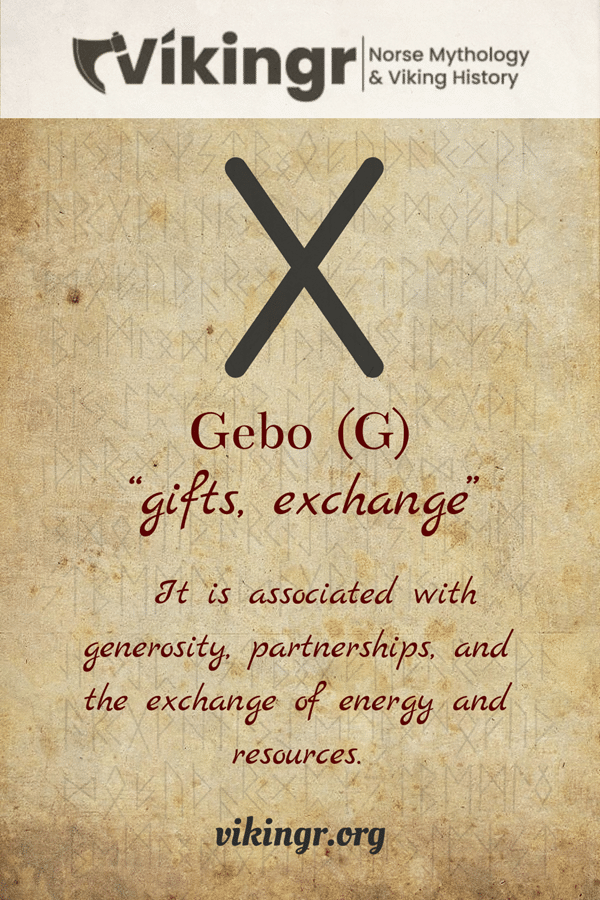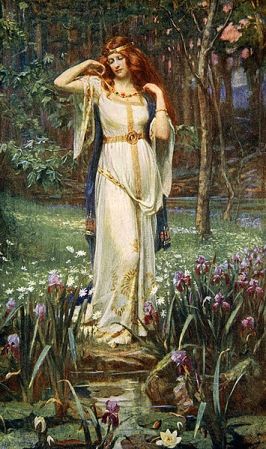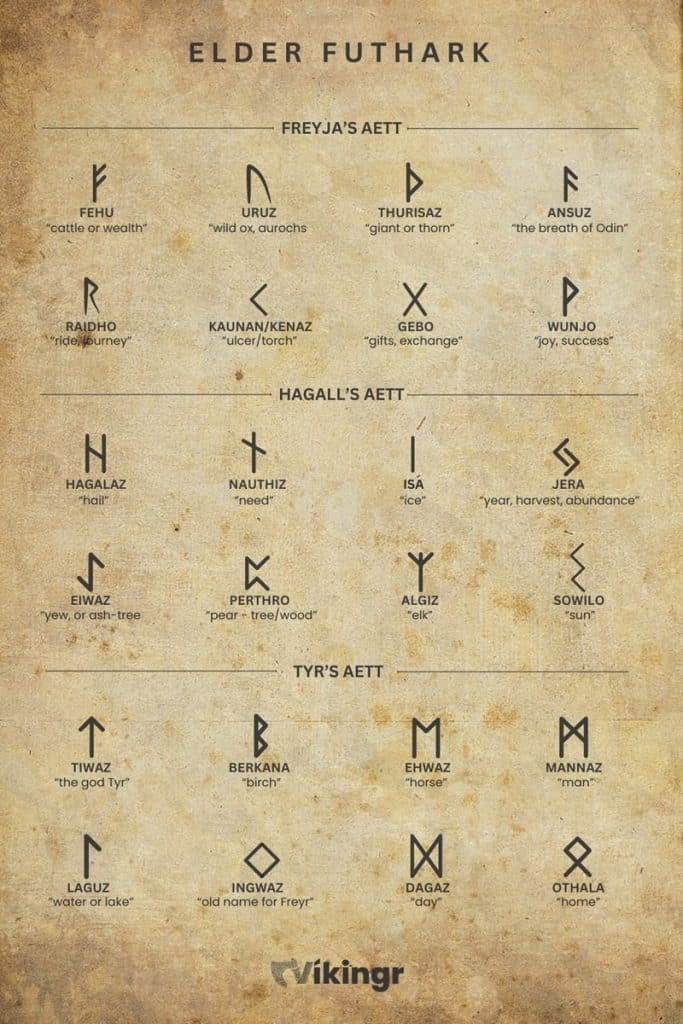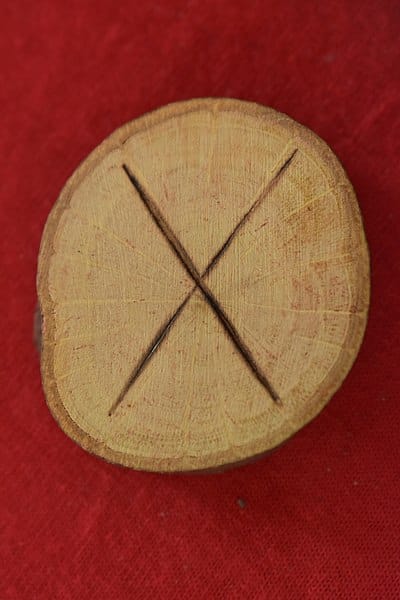Gebo is the seventh rune of the Elder Futhark. In this post I will be exploring the meaning of Gebo, and its association with exchange and balance. Keep in mind that while we know a quite a lot about the runes, part of the ancient knowledge is lost. When learning about the runes it pays to keep an open mind, be curious and explore!
Gebo: Background and Description
Our exploration begins with the Elder Futhark, a runic system that dates back, possibly as far as two thousand years. Gebo, the seventh rune in this sequence, follows Ansuz and precedes Wunjo. The name translates to “gift” in Old Norse, hinting at its symbolic meanings.
The Elder Futhark was used across Europe, but my look into it is solely from the perspective of the Viking Age of Scandinavia. It was in use well into the Viking Age proper, slowly replaced by the shorter Younger Futhark.
The term “Gebo” originates from the Proto-Germanic word “*gebô,” which means “gift.” The Old Norse concept of gifting, which involved more than just the exchange of physical items, is what this term is associated with. Moreover, it underscored the importance of maintaining a balance in obligations and relationships.

Graphical Representation
Visually, it is a simple yet powerful rune. It’s composed of two diagonal lines that cross in the middle, forming an “X” shape. Picture two paths crossing at a point of mutual exchange, and you’ve captured the essence of it.
Historically, Gebo’s design has remained fairly consistent. However, some variations have been found, such as the lines being curved or the crossing point being off-center. Despite these variations, the traditional “X” shape remains the most recognized form of Gebo.
Phonetic Value
In the Proto-Germanic language, Gebo represented the sound “g,” as in “gift.” As the Germanic languages evolved, so did the pronunciation of this rune. In Old Norse, for example, it was pronounced as a soft “g.”
Symbolic Meaning of the Gebo Rune
Now, let’s delve into the symbolism. This rune is traditionally associated with the concept of a gift or an exchange. It symbolizes the balance and reciprocity that were fundamental to relationships in ancient Germanic societies.
The rune is also linked to the divine gift of life and the exchange between humans and the gods. In this context, Gebo can symbolize the mutual exchange of honor and respect between people and the divine.

The Goddess of Love, Freyja, is a central figure in Norse mythology, embodying love, beauty, and fertility. Gebo, with its associations with love and exchange, reflects these themes, offering a glimpse into the values and beliefs of the ancient Germanic peoples.
The Aett and its Symbolism
Gebo belongs to the first aett of the Elder Futhark, a group of eight runes associated with the Vanir god Freyr and his sister, the goddess Freyja. This aett, or family of runes, carries themes of prosperity and fertility as well as of the cyclical nature of life.
Freyr and Freyja, the Divine Siblings of the Vanir, are central figures in this aett. Freyr, the God of Fertility, and Freyja, embody the life-affirming energies of growth, prosperity, and love. Gebo, with its themes of exchange and balance, adds a layer of complexity to this aett. Moreover, it is reminding us that life often involves give-and-take.

Elder Futhark Quiz
Do you want to test your knowledge of Elder Futhark runes? Then this quiz is perfect for you!
Don’t forget to play our other games as well!
Gebo Used in Divination and Magic

I personally don’t possess deep knowledge of rune casting, but the historical and cultural aspects captivate me. In runic divination, interpreters often view Gebo as a sign of partnership or balanced exchange. It could hint at a convergence of forces or a mutual agreement.
Like all runes, history shows us that people used Gebo in magical practices. We lack substantial evidence of specific spells or rituals, but it’s plausible that practitioners invoked the rune’s associations with exchange and balance in magical contexts. Picture a Viking etching this rune onto a talisman, summoning the power of Gebo to ensure a fair exchange or to cultivate harmony.
In modern times, some practitioners of runic magic use Gebo in rituals or spells related to partnerships, agreements, or balance. Again, while I don’t personally practice this, I respect the cultural significance and personal meaning it holds for many.
Gebo in the Younger Futhark – The Lost Gift
As the Elder Futhark transitioned into the Younger Futhark, also known as Norse runes, around the 7th and 8th centuries, Gebo, embodying the concept of a gift or partnership, disappears. This loss signifies the transformation of social and cultural values, as some concepts give way to new forms and expressions.
Frequently Asked Questions
Gebo represents exchange, balance, and partnership. It’s associated with the concept of a gift in Old Norse culture.
You pronounce it with a hard “g” sound in Old Norse.
Gebo often signifies a partnership or a balanced exchange that needs to be acknowledged in divination.
Gebo belongs to the first aett of the Elder Futhark, associated with Freyr and Freyja.
Featured Image Credit: BK, Public domain, via Wikimedia Commons
